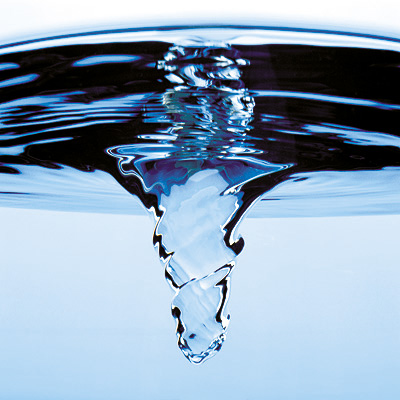 Siemens ED-CEDI desalination demo achieves 1.8 kWh/m³
Siemens ED-CEDI desalination demo achieves 1.8 kWh/m³
While the project did not reached the target energy consumption of 1.5 kWh/m³, the demonstration averaged 1.8 kWh/m³, compared with conventional consumption which, Siemens says, is typically 3.4-4.8 kWh/m³. Siemens researchers say further improvements could be made to lower this level still further.
Siemens commenced R&D efforts in Singapore on 1 October 2008, assisted by a Singapore Environment & Water Industry Development Council grant, and produced a 50 m³/d demonstration unit treating actual seawater. Three ED units and three CEDI units were designed and built in a plate-and-frame configuration.
Each ED module consisted of 744 cell pairs and had a spacer dimension of 0.5 m x 1.0 m. Each CEDI module consisted of 240 cell pairs and a spacer dimension of 0.25 m x 0.5 m.
A key component of the desalination system, says Siemens, was the ion-exchange (IE) membrane used. Commercially available membrane materials were used, but were less than optimal for seawater desalting due to high resistance and other properties.
Another key design element was that of the inter-cell pair spacer, manufactured with a 0.38 mm channel thickness. Spacer materials and manufacturing methods were sub-optimal for protecting against cross-leakage between concentrate and dilute compartments, say the researchers, and a "fairly significant" energy penalty was taken due to these inefficiencies.
Siemens ED modules were arranged in a series configuration, and CEDI units were arranged in a parallel flow configuration. Seawater was pretreated with a 100 μm, selfcleaning disk filter, followed by ultrafiltration (UF) modules.
Desalting modules were run in a mode set to maximize energy efficiency in attempt to reach the 1.5 kWh/m³ target. Boron-specific ion-exchange resin columns were also installed at the end of the process for this specific ion removal.
The composite average power consumption from January-April 2011 was recorded as 1.8 kWh/m³. This value included energy-contributing components from pretreatment, pumping, desalting and post-treatment.
The average feed water conductivity was 43.5 mS/cm or about 32,000 ppm total dissolved solids (TDS), and the average product water conductivity is 0.96 mS/cm, or about 500 ppm in TDS.
The combined ED and CEDI module pressure drop was 1.5 bar. The system flowrate was allowed to fluctuate, thus, keeping the pressure drop constant
Overall desalting system recovery rate was set to operate at 30%. This recovery level was determined to be the most optimal for attempting to reach the low-energy target.
Siemens says it has several initiatives under way that will significantly improve upon the demonstration unit performance and is preparing for commercialization of this "promising" technology.
| Contact information | n/a |
|---|---|
| News type | Inbrief |
| File link |
http://www.desalination.biz/news/news_story.asp?id=6008&channel=0&title=Siemens+ED-CEDI+desalination+demo+achieves+1%2E8%26%23160%3BkWh%2Fm%26%23179%3B |
| Source of information | desalination.biz |
| Keyword(s) | water desalination, water treatment |
| Subject(s) | DRINKING WATER , DRINKING WATER AND SANITATION : COMMON PROCESSES OF PURIFICATION AND TREATMENT , INFORMATION - COMPUTER SCIENCES , POLICY-WATER POLICY AND WATER MANAGEMENT , WATER DEMAND , WATER QUALITY |
| Geographical coverage | Singapore, |
| News date | 26/07/2011 |
| Working language(s) | ENGLISH |
 you are not logged in
you are not logged in





